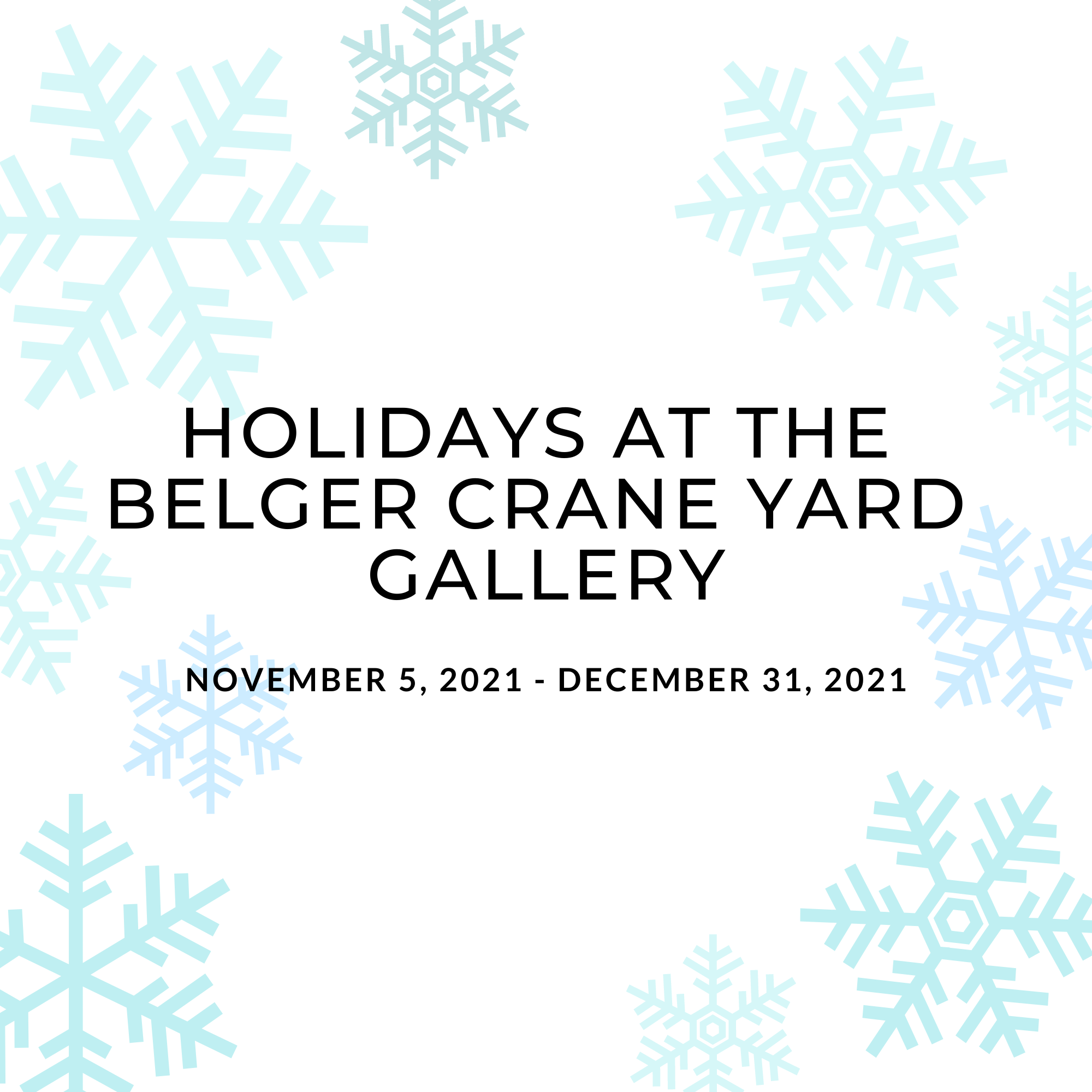Lilah Shepherd
bio
I am compelled to create a world of my own. A world of shapes and the human experience. Exploring the things that makes us unique and propel our desire for community and connection. My work explores these ideas in form and composition.
Lilah Shepherd received her BFA from the University of Texas at Tyler. Her and her husband Jamin, a fellow ceramic artist recently moved to Iowa City, Iowa from Portland, Oregon to attend the University of Iowa for their MFA degrees. They have lived a nomadic existence across the States and France. Lilah is an interdisciplinary artist with a focus in ceramic sculpture and oil painting. Her oil paintings & coil-built clay sculptures create nonobjective environments using forms discovered through her stream of consciousness documentation and usage of color. Her work explores her experience of human existence surrounding relationships and identity and is influenced by her love of pattern and form.
Artist Statement
Ideas, thoughts, innate, imagine
Visual, stream of consciousness
Draw, translate, inform, line
Symmetry, repetition, mirror, pivot
Structure, transparency, space
Create, belong, environment, comfort
Play, discover, insight, evolve
Relationships, interact, respond
Connections, detachments, individual, community, culture
Document, archive, record, organize, collect
Research, refine
Identity, diversity, experience, compelled
Color, palette, pattern, semantics
Artifact, symbol, language, shape, form
I am interested in visual thoughts and the documentation of these thoughts through stream of consciousness drawing. My sketchbooks serve as a cataloguing system for me to retain these images and refer to them in the creation of my work.
I use coils as a translation of the lines I use within my two-dimensional work. The coils become tangible sculptures that can also be thought of as two-dimensional drawing. I see this approach as being like the artist Ruth Asawa and how she used wired line to create her sculptures.
I am intrigued by translation and think of my practice of moving between two-dimensional and three-dimensional working in the same way as translation between languages. Moving between two-dimensional and three-dimensional allows room for discovery.
I am aesthetically drawn to repetition and symmetry. Coil forms start out flat; sides are then mirrored, pivoted and multiplied. I am drawn to curving line which causes my coil forms to reference the sphere or circle.
I am interested in human relationships. My coil forms create space inside the coils outlining and encasing the air. In that way, they are transparent and suggest the human characteristic of transparency. Using coils allows the forms to be positioned more intimately with each other within a composition.
In my paintings forms also exist in flat planes, functioning in the usage of color, how much of each color is seen and the proximity of colors to each other to create a reaction to the plane of color. I use a color wheel to aid in my color choices in creating a balance of colors.
I am interested in the struggle of communication. I use limited color palettes to glaze my works in a repetition of stripes. We each have associations and connotations we place with words and colors. I use different collections of colors to convey the idea of semantics. This also allows for a greater diversity of color among forms placed in the same composition and visual complexity created by the camouflaging of forms.
I am interested in the individual and how we possess unique identities and personalities. I create a diversity of forms reflecting the diversity of each human and how we understand our own identity through abstraction.
Jessica stockholder describes play as “a type of learning and thinking that doesn’t have a predetermined end.” I am interested in the discovery that happens when I play with the forms I have created, discovering compositions. The interactions between the forms mirror human interactions and relationships. My two-dimensional works are a moment in time of these interactions but with the three dimensional forms, they can be moved; their positions are not permanent.








